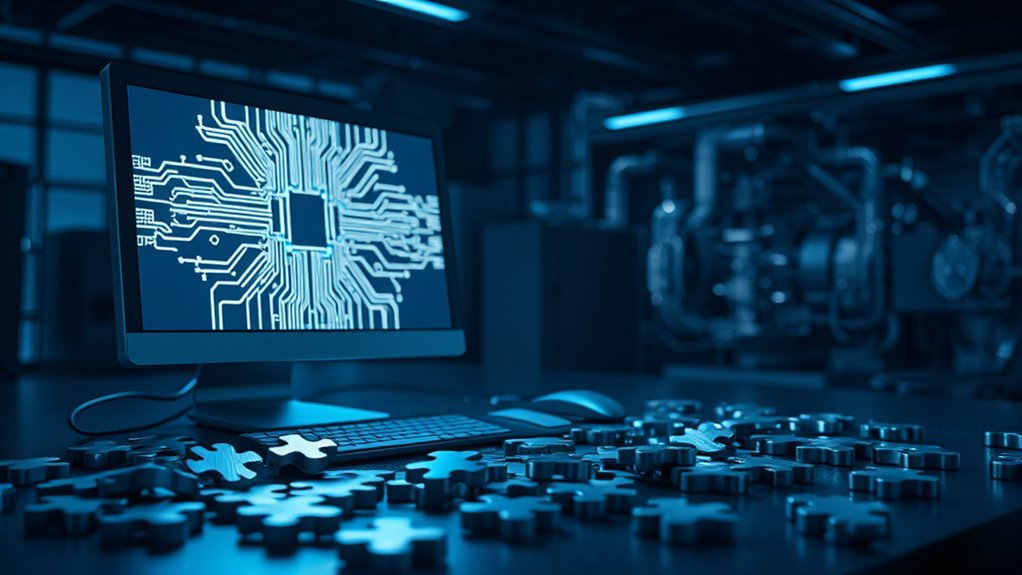The world of artificial intelligence, or AI, relies heavily on tiny building blocks called tokens. These are the smallest bits of data that AI systems use to understand and create things like text. Think of tokens as puzzle pieces that help AI models figure out how to read, write, or even talk. They come in different forms, like whole words, parts of words, punctuation marks, and even special markers for unique situations. Without tokens, AI wouldn’t know how to break down information into something it can work with.
Tokens play a huge role in how AI processes stuff. There’s a process called tokenization, where input—like a sentence or picture—is split into these tiny units. This lets AI models learn patterns and handle all kinds of data, from text to images. It’s why AI can do cool things like translate languages or write stories. Tokenization makes everything organized, so the AI doesn’t get confused. It’s a key step that boosts how well these models work. Efficient tokenization also reduces computing power needed for training and running AI systems.
In language models, tokens help turn regular text into something the AI can understand. These models break sentences into tokens to process and create human-like responses. They’re trained by feeding them tons of tokens, helping them spot connections and learn how language works. How well a model performs often depends on how it handles these tokens. The better the token breakdown, the smarter the AI seems when summarizing or chatting. Understanding token limits is crucial since each model has a specific context window size that dictates how much data it can process at once.
There’re different types of tokens too. Word tokens are just whole words. Subword tokens are bits of words, useful for tricky languages. Punctuation tokens cover things like commas, while special tokens mark the start or end of text. Some tokens even carry extra info, like the role a word plays in a sentence. Additionally, tokens can be analyzed to detect patterns, such as through N-gram analysis, which examines sequences of words to identify unique characteristics in AI-generated content.
Lastly, tokens have limits. AI models can only handle so many at once, called a context window. Bigger windows mean tougher tasks but need more power. Tokens also let AI tackle more than text—they can stand for images or sounds. They’re the secret to how AI reasons, solves problems, and creates amazing things.









